
New Zealand has many unique native fish, insects, lizards, frogs and of course, birds. The only native mammals are bats and marine mammals. New Zealand was one of the last habitable land masses to be settled in the Pacific. Migrants sailed in double-hulled canoes from East Polynesia, the last voyages in the exploration and settlement of the Pacific Islands, in several waves before 1300. They brought with them the Polynesian Rat (Kiore) and the domesticated dog. Europeans later brought pigs, ferrets, stoats, mice, rats, dogs, cats, sheep, cattle, and many other mammals which have seriously impacted the native animals, driving some near to extinction. Over the 65 million year isolation from any other land mass, New Zealand became a land of birds. When Captain James Cook arrived in the 1770s he noted that the bird songs were deafening. Māori and European settlement has been the cause of a huge decline in the numbers of birds and the extinction of over 40% of the 115 or more of the native endemic species, found only in New Zealand.



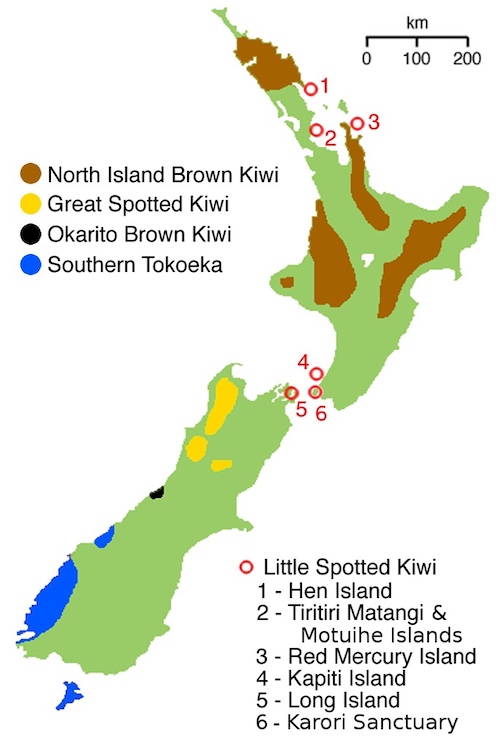
The kiwi is a national symbol of New Zealand, and the association is so strong that the term Kiwi is used internationally as the colloquial name for New Zealanders. The Māori language word kiwi is generally accepted to be “of imitative origin” from the call. Their Latin species name is Apteryx, which means wingless. Kiwis grow to about the size of a chicken and weigh between three and nine pounds. They have no tail and tiny two inch wings which for all practical purposes, are useless, so it is unable to fly. Despite its awkward appearance, a kiwi can actually outrun a human and have managed to survive because of their alertness and their sharp, three-toed feet, which enable them to kick and slash an enemy. The kiwi’s long slender bill has nostrils at the lower end. Using its excellent sense of smell and flexible bill, the kiwi feeds on worms, insects and grubs, supplemented by leaves, berries and seeds. While an ostrich may lay the world’s largest bird’s egg, it is actually the smallest in proportion to the mother, just 2% of her body weight. By comparison, the kiwi egg takes up about 20% of the mother’s body. In humans, a baby at full term is 5% of its mother’s body weight. There are five kinds of kiwi in New Zealand, all endangered:
- Brown kiwi (Apteryx mantelli)
- Great spotted kiwi/roroa (Apteryx haastii)
- Little spotted kiwi (Apteryx owenii)
- Rowi (Apteryx rowi)
- Tokoeka (Apteryx australis)
Even though Kiwi birds are found in zoos and animal sanctuaries, they are nocturnal and virtually impossible to photograph. It takes dedicated birdwatchers to get pictures of them, I have included photographs from Flickr by expert and patient birdwatchers.
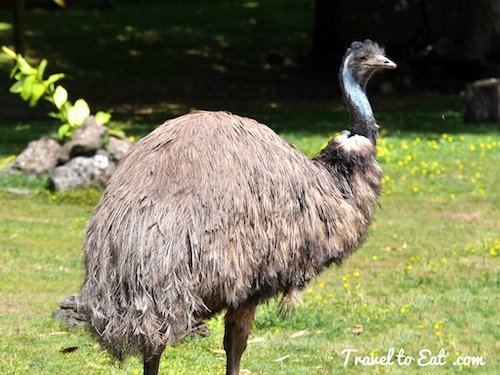
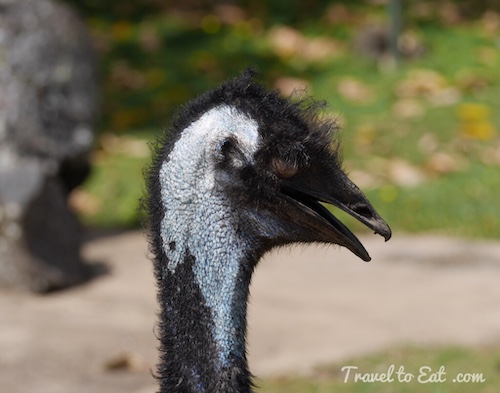
The Emu (Dromaius novaehollandiae) is the largest bird native to Australia and New Guinea and the only member of the genus Dromaius. It is a large, tough flightless bird found in many parts of Australia and New Guinea. It can travel great distances at a fast, economical trot and, if necessary, can sprint at 50 km/h (31 mph). The emu is the second largest bird in the world, the largest being the similar looking ostrich. Although emus resemble ostriches, emus have a longer, lower profile and 3 toes on each foot (Ostriches have only 2 toes on each foot). The closest living relative to the emu is a Cassowary, another flightless bird. Ostriches and emus are farmed for meat in New Zealand, mostly for the restaurant trade. The meat is low in fat and cholesterol, oil rendered down from the fat is sought after for skincare products and the feathers and blown eggs are used by crafts people.
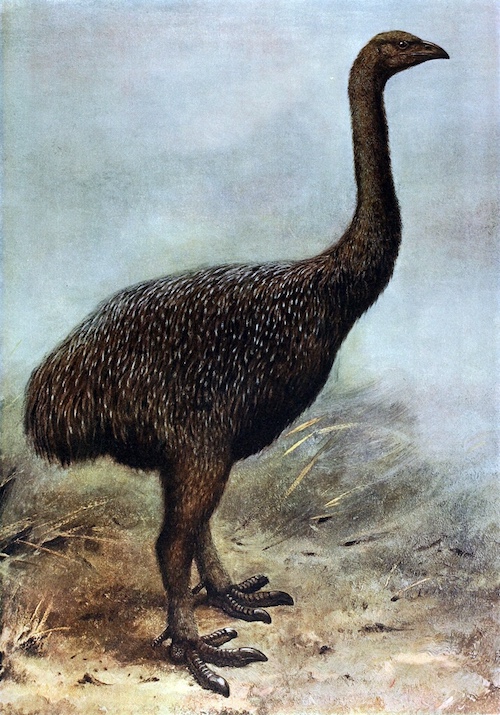
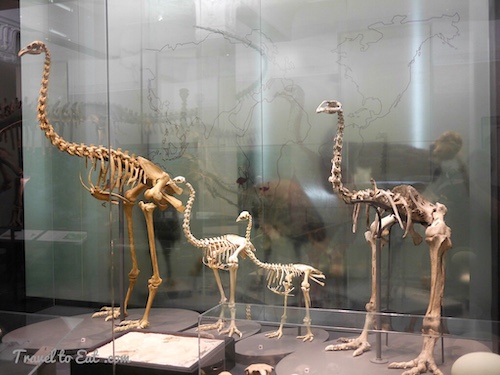
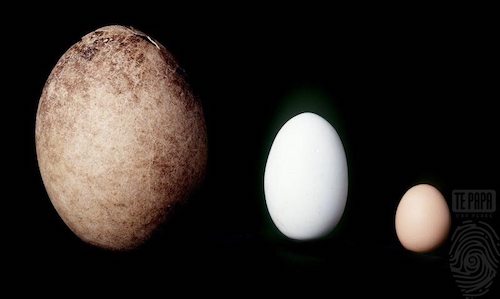
The moa were nine species of flightless birds endemic to New Zealand. The two largest species, Dinornis robustus and Dinornis novaezelandiae, reached about 3.6 m (12 ft) in height with neck outstretched, and weighed about 230 kg (510 lb). When Polynesians settled New Zealand in CE 1280, the moa population was about 58,000. Moa extinction occurred in CE 1440 ± 20 years, primarily due to overhunting by Māori. Their eggs had a circumference of about 3 ft (91 cm), were about 13 inches (33 cm) long and a capacity of 2 imperial gallons (9 litres), the equivalent of 200 hen’s eggs. Remember this name for scrabble and crossword puzzles.
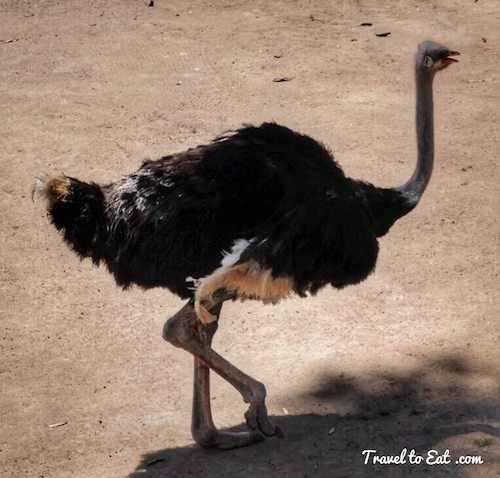
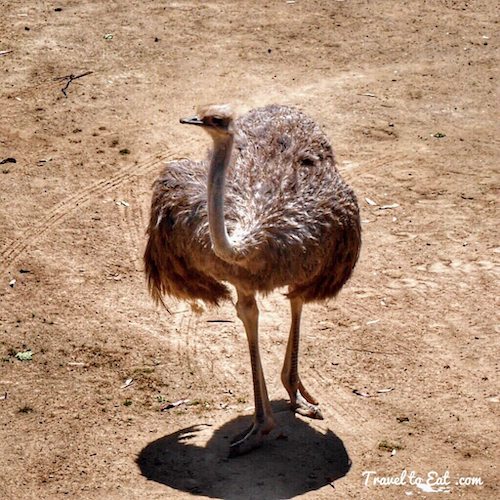
The ostrich or common ostrich (Struthio camelus) is either one or two species of large flightless birds native to Africa, the only living member(s) of the genus Struthio, which is in the ratite family. Starting in 2014, after genetic studies, the Somali ostrich is now considered a full species separate from the common ostrich. The common ostrich is distinctive in its appearance, with a long neck and legs, and can run at up to about 70 km/h (19 m/s; 43 mph), the fastest land speed of any bird.
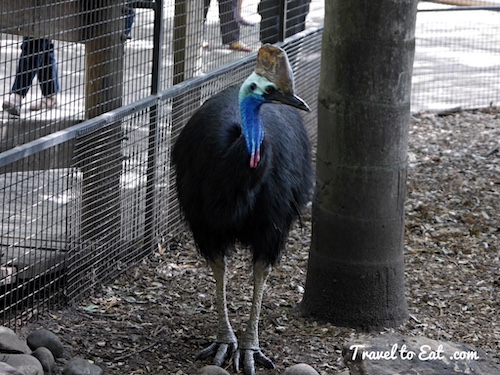
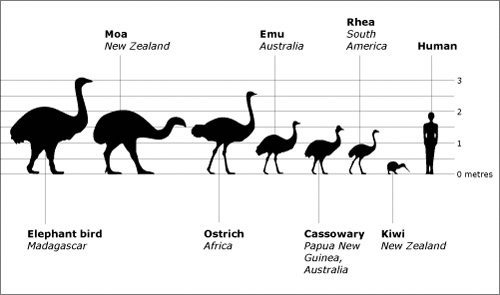
Unlike other flightless birds, the ratites have no keel on their sternum – hence their name which comes from the Latin (ratis) for raft. The avian ancestors of ratites (the flightless ostriches, emus, kiwis, cassowaries, rheas, and extinct moas and elephant birds) and tinamous (from central and South America) stopped interbreeding with the ancestors of all other living birds about 100 million years ago, according to very recent genetic studies. Tyrannosaurus rex and primates didn’t exist yet and would not come for 35 million more years. Together, the ratites and the South American tinamous are called Paleognaths (old jaws), and all other living birds are called Neognaths (new jaws), named for differences in their skulls. This divide is the oldest among all living birds. We should probably think of birds like kiwis and cassowaries not as “primitive” early birds but as highly specialized birds with many derived traits.
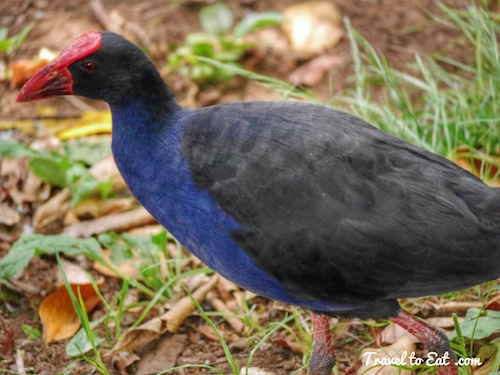
Pūkeko is the common name, derived from the Māori language, for the purple swamphen, moorhen or river chicken (Porphyrio porphyrio) of New Zealand, sometimes included with the gallinules. The subspecies occurring there is Porphyrio porphyrio melanotus, which is also found elsewhere in Australasia, including, in eastern Indonesia, the Moluccas, Aru and Kai Islands, as well as in Papua New Guinea and Australia. According to some experts it invaded from Australia less than 1,000 years ago. It is also assumed to have spread from Australia to New Guinea. Some assume that it became established before humans in New Zealand, but all fossil occurrences are in sites younger than 400 years and some experts think it was introduced by the Māori. When threatened, they will often walk away from danger rather than fly. There are 13 or more subspecies of the purple swamphen worldwide (depending on the authority) which differ mainly in plumage color. Evidence from Pliny the Elder and other sources shows that the Romans kept purple swamphens as decorative birds at large villas and expensive houses. They were regarded as noble birds and were among the few birds that Romans did not eat.

The takahē (Porphyrio (Notornis) hochstetteri) is a flightless bird indigenous to New Zealand and belongs to the rail family. It was thought to be extinct after the last four known specimens were taken in 1898. However, after a carefully planned search effort the bird was rediscovered by Geoffrey Orbell near Lake Te Anau in the Murchison Mountains, South Island, on 20 November 1948. Adult takahē are about the size of a large hen, 50 cm (19.7 inches) high and can weigh over 3 kg (6.6 lbs). Takahē have wings but are flightless. They only use them to display during courtship or as a show of aggression. They are endangered with active conservation efforts. The population stood at 263 at the beginning of 2013.
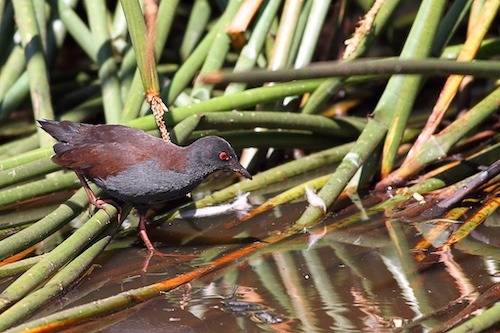
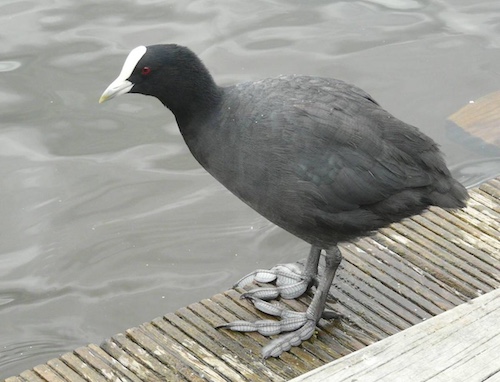
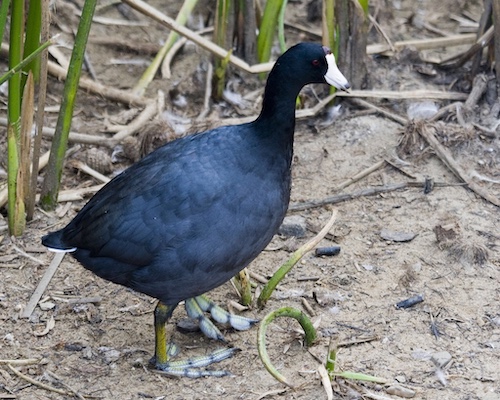
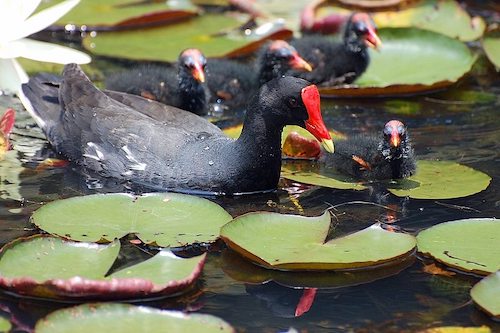
The rails, or Rallidae, are a large family of small- to medium-sized birds found around the world. The family exhibits considerable diversity and also includes the crakes, coots, and gallinules. Crakes have short conical bills, from Old Norse krāka, meaning crow. Coots have dark plumage, a white bill with a frontal shield and lobed toes, which allow them to paddle like a duck. Gallinules typically have a dark plumage, red bill, and a red shield above the bill as seen in Pūkeko. Most species are placed in the genus Gallinula, Latin for “little hen”. Many species are associated with wetlands, although the family is found in every terrestrial habitat except dry deserts, polar regions, and alpine areas above the snow line. Members of the Rallidae occur on every continent except Antarctica. The wings of all rails are short and rounded. The flight of those Rallidae able to fly, while not powerful, can be sustained for long periods of time, and many species migrate annually. The weakness of their flight, however, means they are easily blown off course and thus are common vagrants, a characteristic that has led them to colonize many isolated oceanic islands.
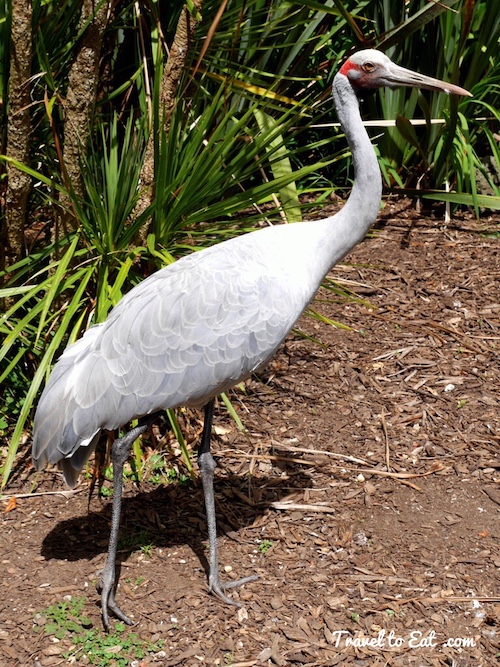
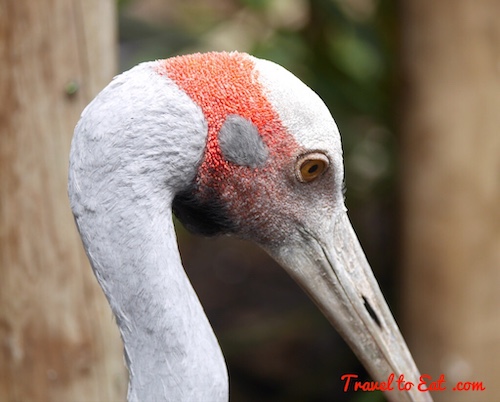
The Brolga (Grus rubicunda), formerly known as the “Native Companion”, is a bird in the crane family. The bird has also been given the name “Australian Crane”, a term coined in 1865 by well-known ornithological artist John Gould in his Birds of Australia. Brolgas are widespread and often abundant in north and north-east Australia, especially north-east Queensland, and are common as far south as Victoria. They are also found in southern New Guinea and as rare vagrants in New Zealand and the northern part of Western Australia.
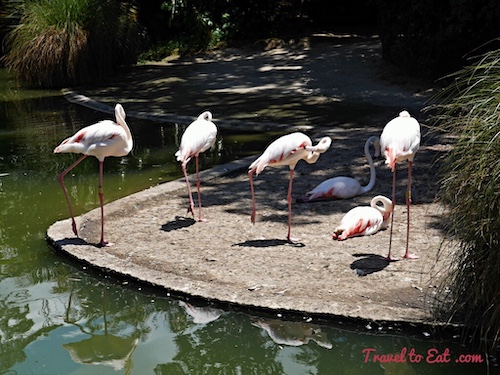
Most species of flamingo are a pinkish/orange colour, some however can be white, black or even blue. The colour of the flamingo comes from the flamingo eating a type of algae that then turns the flamingo into the bright pink bird that we are so familiar with. The Greater Flamingo is the most widespread species of the flamingo family and are found in Africa, southern Europe, the Middle East, and into southern and southwestern Asia.
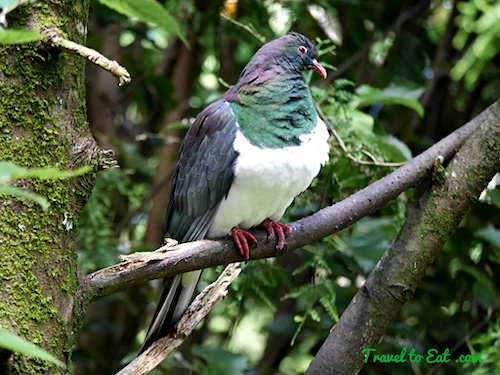
The New Zealand wood pigeon or kūkupa, kererū or kūkū (Hemiphaga novaeseelandiae) is a bird endemic to New Zealand (only in New Zealand). New Zealand’s largest forest bird, kūkupa play an important role in forest regeneration by spreading tree seeds. Kūkupa can swallow large seeds whole, which pass through them undigested. These seeds are then spread across the forest floor, along with a bit of manure to help them grow. Kūkupa numbers are declining due to competition for food and predation by possums and rats. Because of their important role in spreading seeds, the disappearance of the kūkupa would be a disaster for native forests.
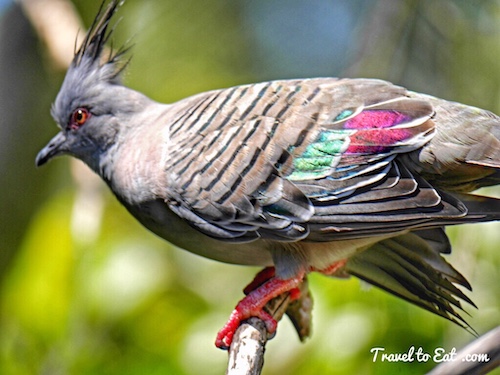
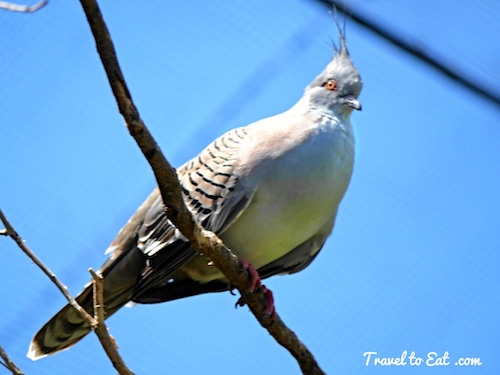
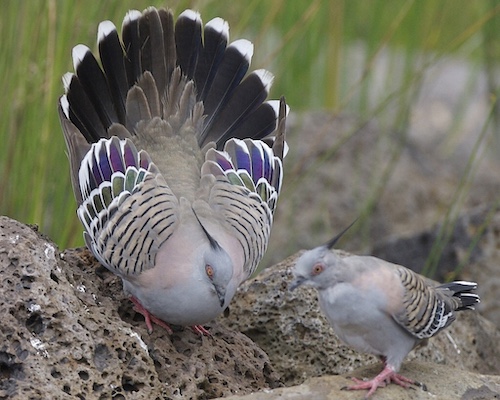
The crested pigeon is a bird found widely throughout mainland Australia except for the far northern tropical areas and is native to Australia. It is the only member of the genus Ocyphaps. Their most distinctive behavior is the beating and whistling sound their wings make when they take off. This is most likely to draw the attention of predators to birds on the wing, and away from any birds remaining on the ground and as an alarm call to other pigeons.
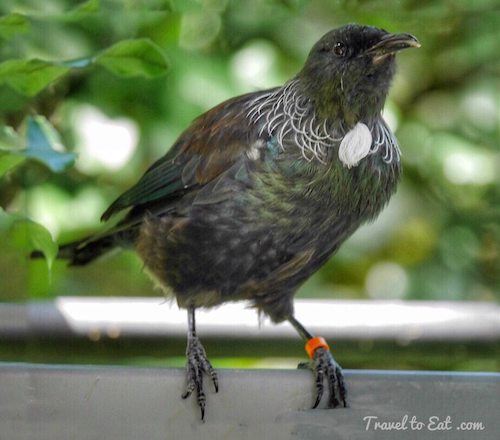
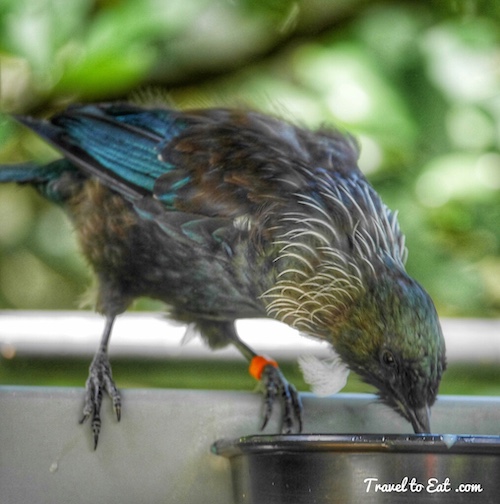
The tui (Prosthemadera novaeseelandiae) is an endemic passerine (lives in trees) bird of New Zealand. It is one of the largest members of the diverse honeyeater family. The early European colonists called it the parson bird, but, as with many New Zealand birds, the Maori name tui is now the common name and the English term is archaic. They look black from a distance, but in good light tui have a blue, green and bronze iridescent sheen, and distinctive white throat tufts (poi). They are usually very vocal, with a complicated mix of tuneful notes interspersed with coughs, grunts and wheezes. Tui diet varies depending on the seasonal availability of nectar and fruits. Their preferred diet is nectar and honeydew, and they will often shift to, or commute daily or more frequently to, good nectar sources, such as stands of puriri, kowhai, fuchsia, rewarewa, flax, rata, pohutukawa, gums and banksias.
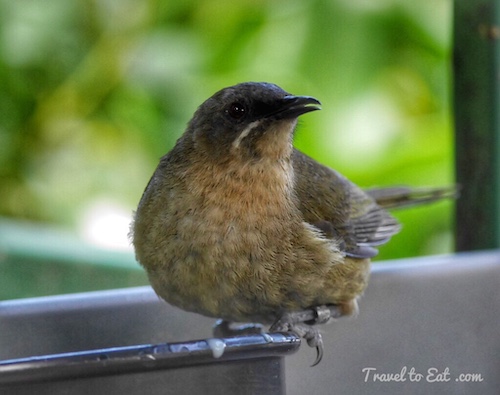
The New Zealand bellbird (Anthornis melanura), also known by its Māori names korimako and makomako, is a passerine bird endemic to New Zealand. A passerine is any bird of the order Passeriformes, which includes more than half of all bird species. A notable feature of passerines is the arrangement of their toes (three pointing forward and one back) which facilitates perching. It has greenish colouration and is the only living member of the genus Anthornis. The explorer Captain Cook wrote of its song “it seemed to be like small bells most exquisitely tuned”.
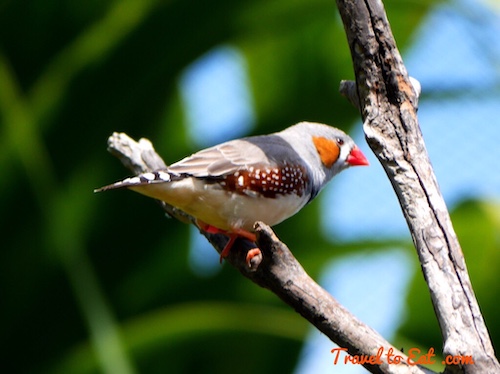
While male zebra finches generally have bolder black and white markings under their chin, the most reliable sign of zebra finch gender is their beaks; males have red beaks and females have orange beaks. Although they are renowned for their loud rhythmic songs, it is only the male zebra finch who can sing. Zebra finches are loud and boisterous singers. Their calls can be a loud beep, meep, oi! or a-ha!. Their song is a few small beeps, leading up to a rhythmic song of varying complexity in males. Each male’s song is different, although birds of the same bloodline will exhibit similarities, and all finches will overlay their own uniqueness onto a common rhythmic framework. Males usually pass their song on to their offspring.
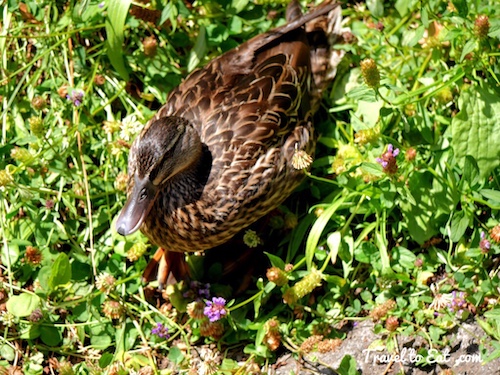
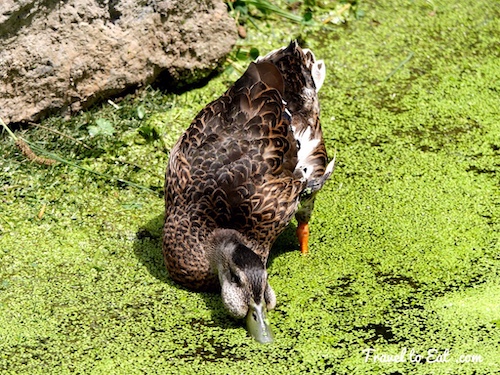
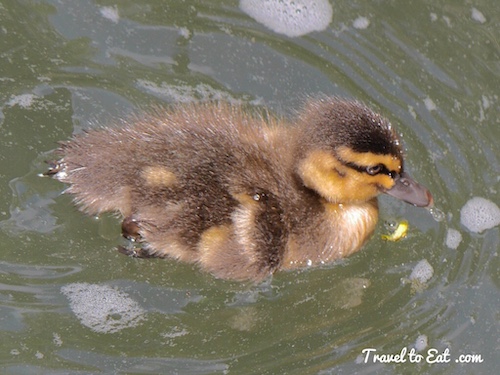
The New Zealand brown teal, or pāteke, is found only in New Zealand. Fossil records show it was the most common wetland bird before humans arrived. It has been badly affected by the loss of forests and wetlands, and the arrival of predators. Its diet consists mainly of aquatic invertebrates like insects and their larvae, or crustaceans. It appears quite fond of mollusks. For feeding on larger cockles such as the New Zealand cockle, at least some New Zealand teals have developed a peculiar technique, as of now undocumented in other birds, to force their rather soft bills between the cockle shells and tear out the flesh with a jackhammer-like pumping motion.
This has been a long post, I hope as always that you enjoyed it. Leave a comment and let me know.
[mappress mapid=”99″]
References:
Kiwi Bird: http://www.chemistry.co.nz/kiwibird.htm
Kiwi Bird Government: http://www.doc.govt.nz/nature/native-animals/birds/birds-a-z/kiwi/facts/
Map of Kiwi Distribution: http://www.doc.govt.nz/nature/native-animals/birds/birds-a-z/kiwi/map-of-kiwi-distribution/
Emu Farming: http://www.nzherald.co.nz/small-business-sme/news/article.cfm?c_id=85&objectid=10700992
Emu Joke (Really Funny): http://www.grownups.co.nz/read/interests/entertainment/the-emu
Ratite Birds: http://www.teara.govt.nz/en/diagram/11361/ratite-birds
Coot: http://nzbirdsonline.org.nz/species/australian-coot
Pūkeho: http://nzbirdsonline.org.nz/species/pukeko
Tahakē: http://www.kcc.org.nz/takahe
Whole-genome analyses resolve early branches in the tree of life of modern birds: http://www.sciencemag.org/content/346/6215/1320.full
10000 Birds: http://10000birds.com/heres-the-new-bird-family-tree-its-amazing.htm
Birds of New Zealand: http://nzbirdsonline.org.nz/
Crested Pigeons Courting YouTube: https://m.youtube.com/watch?v=lgj2HrK8t_U

